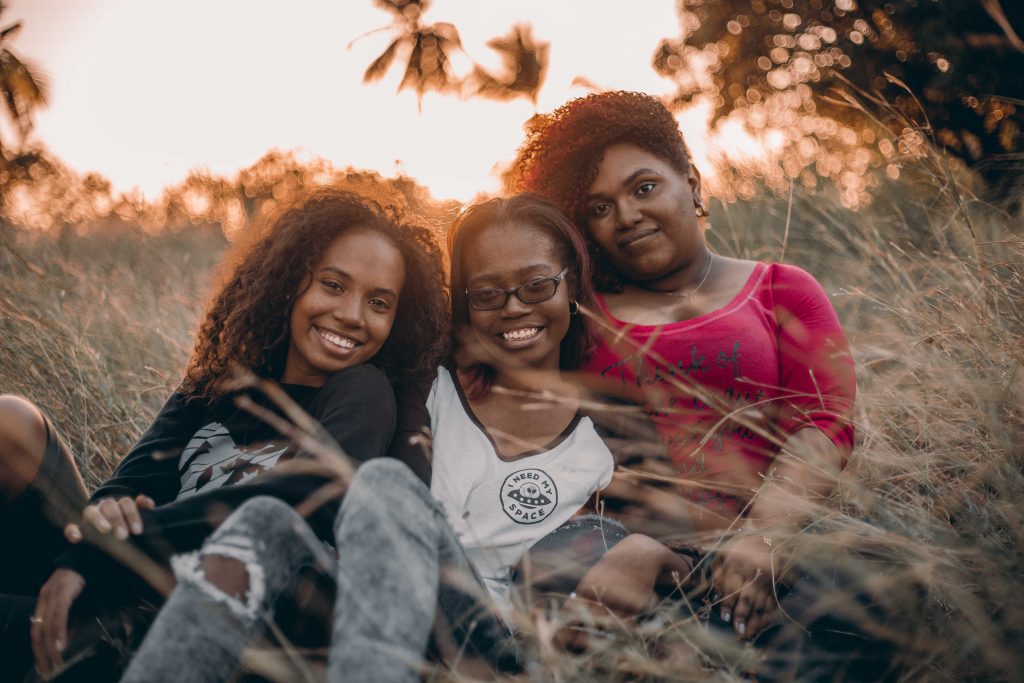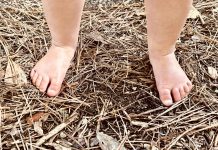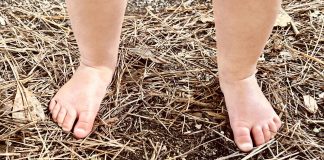By vocation, I oversee and am a working member of a local domestic adoption program. One of my roles is to educate prospective adoptive parents on the varying needs of adopted children and prepare them for parenting such a child. This responsibility feels particularly heavy when preparing a family to parent a child adopted transracially in today’s America. I lean heavily on resources written by people of color, and have sought the words, wisdom, and experiences of transracial adoptees. I am not an expert, not even close, but I can share what I have learned so far in my quest to do this work better.
Preparing Parents for Transracial Adoption
Here are four things that I have learned in preparing parents for transracial adoption:
Engage in self-awareness.
To borrow some lyrics from the late Michael Jackson, you first have to “start with the man in the mirror, and ask him to change his ways.” We all hold racial biases. It is how our brains are trained to function. In the most simple of ways, we categorize images, behaviors, colors, etc. as good or bad. These categories of good and bad exist in how we see and evaluate others. When we recognize that we all engage in this practice, we can then ask ourselves deeper questions. We can look at the things that fill our “good” and “bad” categories objectively, and we can begin the process of changing them. It is not until we are aware of our own biases that we can start to do the hard work of making changes. If transracial adoptive parents do not do the work ahead of time to explore and challenge their biases, their child will unintentionally trigger these previously dormant racist beliefs. Then, there is double the work to do — repair within the parent-child relationship and work to remove racial biases.
Simply not being racist is not enough.
It is not enough to identify as someone who is not racist. Instead, one must be anti-racist. To summarize Ibram X. Kendi, from his book How to Be an Anti-Racist, an antiracist “confronts racial inequities,” “endorses racial equality,” and “locates the root of problems in policies and power, not in a people group.” He makes the point that an individual is either complacent to the racism that exists within the structure of their society, which he would identify as complicit racism, or an individual is active in addressing the racism around them. Action looks differently for everyone. It can look like pointing out white privilege and discussing it with family members and community members. It can look like advocating for equal representation in your school, place of employment, or church. It can be standing up for someone being victimized by racial profiling. Action can take many forms, but it requires a change in how one positions herself toward racism. One requires little action and rests comfortably under the title of “not being racist” — while the other requires action towards change and justice.
Transracially adopted children will learn how to advocate for themselves by watching their parents navigate racism. When a child sees their parent stand up for a person in their community that looks like them, they will learn that they have value and should have a voice, despite the messages being received from the institutions in their community.

Listen.
This one is simple. Listen. The best way to learn about the experiences of people of color is to quiet yourself and listen. Consume resources written and produced by people of color. Allow the victims of racism to write the narrative, not the perpetrators. In addition, transracial adoptive parents need to also listen to the experiences of transracial adoptees. Take note of their expressed needs, and do the work to create a home environment that can meet those needs. Educate yourselves on the history of your children’s people group, and be intentional on the sources of this information. Make sure the information has not been whitewashed. Transracially adopted children will have stronger identities as people of color if they have access to the true experiences of people of their race. Provide them with exposure to this information and allow them to process it and derive their own meaning from it.

Seek out diversity.
The best way to learn, identify privilege, and confront racial biases is through relationships. Relationships are powerful. They give you the opportunity to get to know someone that has lived and experienced a different life than you have. I have received some loving confrontation and correction from friends of color over statements I made carelessly that were inherently racist. Those friendships allowed me to identify racist beliefs and biases that would have continued in my heart, if they had not been called out and challenged. Diversity is vital for transracial adoptive families. Children need racial mirrors, interactions with people that are representatives of their race. Racial mirrors should be seen in professional settings, like their pediatrician or dentist’s office, for example, and also in the families that gather around the dinner table in their home. These relationships also provide adoptive parents with invaluable support in raising a child to navigate the challenges in their community and the world, that exist because of racism, as well as giving them firsthand knowledge on the cultural practices of their child’s racial group.
Resources
The four things above represent a fraction of the information available to better equip individuals in confronting racism, as well as equipping adoptive families for transracial adoption. Here are some recommended resources to gain more information and insight:
- Be the Bridge Transracial Adoption Workbook
- How to Be an Antiracist by Ibram X. Kendi
- White Fragility: Why It’s So Hard For White People to Talk About Racism by Robin Diangelo
- In Their Own Voices: Transracial Adoptees Tell Their Stories by Rita J. Simon and Rhonda M. Roorda











